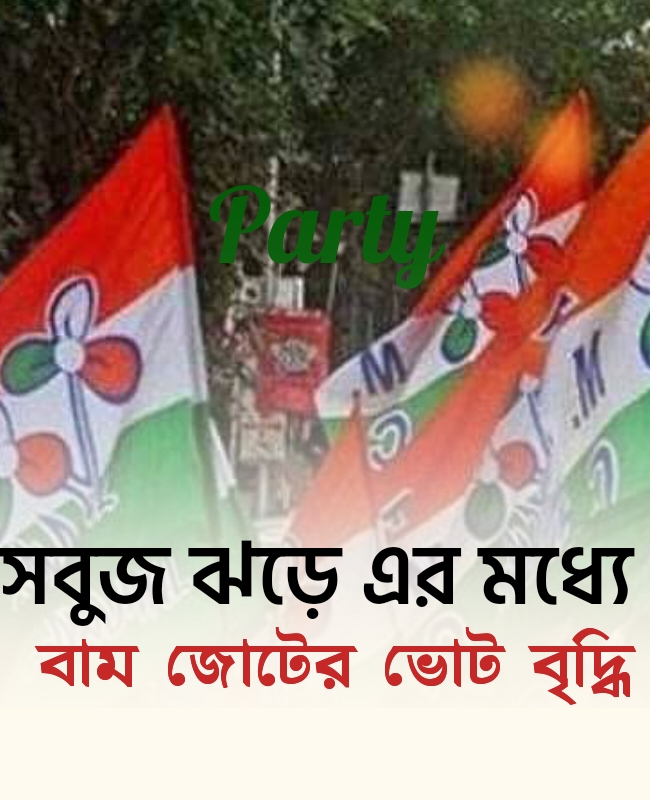Ambedkar's Enduring Struggle: A Lighthouse Under Siege in a Caste-Ridden Society's Shadow
Dr. B.R. Ambedkar, a colossus in India's socio-political landscape, stands as an enduring lighthouse, casting its powerful beam across the treacherous waters of caste-based inequality. His life's work, a testament to intellect and unwavering determination, sought to dismantle the deeply entrenched structures of oppression that had relegated millions to the margins of society. Yet, his legacy, a beacon of hope and liberation, finds itself perpetually under siege, challenged by the very forces he dared to confront: a society still grappling with the insidious grip of caste.
Ambedkar's vision transcended mere legal reform; it was a radical call for a complete societal transformation. He demanded nothing less than the annihilation of caste, a systemic dismantling of the hierarchical structures that had perpetuated centuries of injustice. While his role as the principal architect of the Indian Constitution is rightfully celebrated, it is often selectively highlighted, overshadowing the profound radicalism of his critiques of Hinduism and his unwavering commitment to social revolution. This selective appropriation, a deliberate act of historical revisionism, serves to dilute the transformative power of his message, rendering it palatable to a mainstream that remains uncomfortable with its revolutionary implications.
The stark reality of persistent caste-based discrimination in contemporary India underscores the ongoing struggle to realize Ambedkar's vision. Despite the constitutional safeguards he so painstakingly enshrined, Dalits continue to face systemic inequalities that permeate every facet of their lives. From the denial of access to quality education and dignified employment to the subtle and overt forms of social exclusion, the lived experiences of millions stand as a stark indictment of the nation's failure to fully embrace the principles of equality and justice. Overt acts of violence, often fueled by caste-based prejudice, serve as brutal reminders of the fragility of progress and the enduring power of deeply ingrained social biases.
The forces that benefit from the maintenance of the status quo actively resist Ambedkar's challenge to traditional hierarchies. His incisive critique of the Manusmriti, a text that codifies the very principles of caste-based inequality, remains a point of contention, sparking heated debates and fueling attempts to reassert traditional narratives. These attempts, often couched in the language of cultural preservation and religious orthodoxy, seek to undermine Ambedkar's egalitarian principles, perpetuating the very systems of oppression he dedicated his life to dismantling.
Political entities across the spectrum, from the left to the right, frequently invoke Ambedkar's name, often selectively highlighting aspects of his work that align with their respective agendas. "Jai Bhim Yatras" and other symbolic gestures, while seemingly innocuous, risk becoming mere exercises in political expediency, failing to address the structural problems that lie at the heart of caste-based inequality. The dilution of his radicalism, the sanitization of his speeches, and the selective emphasis on his constitutional contributions serve to weaken the transformative power of his message, rendering it a mere rhetorical tool in the hands of political opportunists.
The struggle to preserve Ambedkar's legacy is not merely an academic exercise or a matter of historical preservation; it is a vital and ongoing battle for social justice. It requires a steadfast commitment to his full body of work, including his incisive critiques of social and religious institutions. It demands a relentless pursuit of equality, a willingness to challenge all forms of caste-based discrimination, and a refusal to compromise on the fundamental principles of human dignity.
Ambedkar's lighthouse, though perpetually under siege, continues to shine brightly, casting its powerful beam across the darkness of inequality. It is a beacon of hope for those who continue to fight for a just and equitable society, a reminder that the struggle for liberation is far from over. It is the responsibility of every citizen, regardless of caste or creed, to ensure that his legacy is not distorted or destroyed, but rather, fully realized, transforming the very fabric of Indian society and ushering in an era of true equality and justice. His work remains an unfinished revolution.














